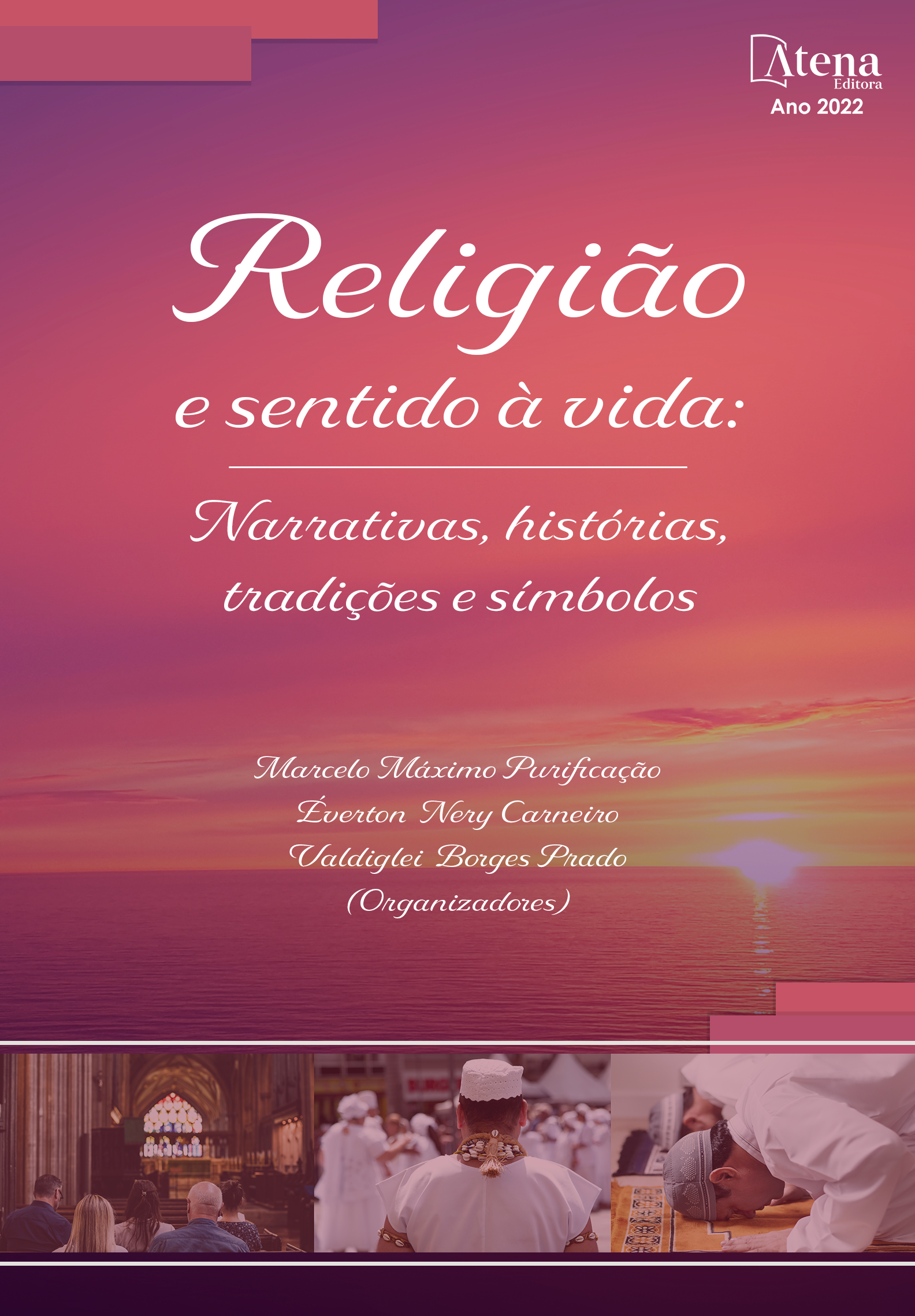
Arte paleocristã: inspiração aos artistas sacros contemporâneos Cláudio Pastro e Marko Ivan Rupnik
O Concílio Vaticano II nos convida a voltar às raízes sob duas proposições fundamentais: ad fontes e aggiornamento. Entender “voltar às fontes” sob o ponto de vista artístico pede aprofundamento nos primórdios do cristianismo. Os cristãos entram no mundo cultural e artístico quando todo o Mediterrâneo é governado pela cultura greco-romana. Nosso objetivo é apresentar a cultura da época e o pensamento dos primeiros cristãos, expor a ideia grega de perfeição e confrontá-la com o pensamento cristão, que via na preocupação excessiva com a forma um paganismo, e compreender por que os cristãos abandonam o modo grego de fazer arte, o que do ponto de vista estético é visto como decadência. Para ressaltar esses aspectos serão citadas reflexões e a arte de dois artistas sacros contemporâneos e suas respectivas interpretações que têm como base os textos conciliares e suas interpretações: o brasileiro Cláudio Pastro (1948-2016) e o esloveno Marko Ivan Rupnik (1956).
Arte paleocristã: inspiração aos artistas sacros contemporâneos Cláudio Pastro e Marko Ivan Rupnik
-
DOI: 10.22533/at.ed.4832221024
-
Palavras-chave: Concílio Vaticano II - Arte paleocristã - Cláudio Pastro - Marko Ivan Rupnik.
-
Keywords: Second Vatican Council - Paleochristian art - Claudius Pastro - Marko Ivan Rupnik.
-
Abstract:
The Second Vatican Council invites us to return to our roots under two fundamental propositions: ad sources and aggiornamento. Understanding “going back to the sources” from the artistic point of view requires a deeper understanding of the beginnings of Christianity. Christians enter the cultural and artistic world when the entire Mediterranean is governed by Greco-Roman culture. Our aim is to present the culture of the time and the thinking of the early Christians, expose the Greek idea of perfection and confront it with Christian thought, which saw an excessive preoccupation with form as paganism, and understand why Christians abandon the way. of making art, which from the aesthetic point of view is seen as decadence. To highlight these aspects, reflections and the art of two contemporary sacred artists and their respective interpretations based on the conciliar texts and their interpretations will be mentioned: the Brazilian Cláudio Pastro (1948-2016) and the Slovenian Marko Ivan Rupnik (1956).
-
Número de páginas: 13
- Wilma Tommaso


